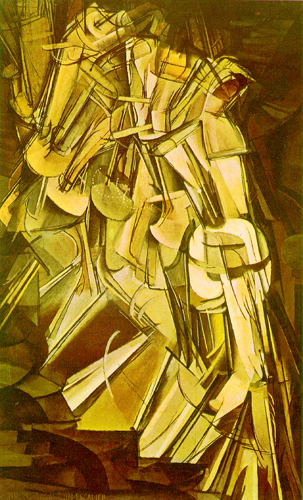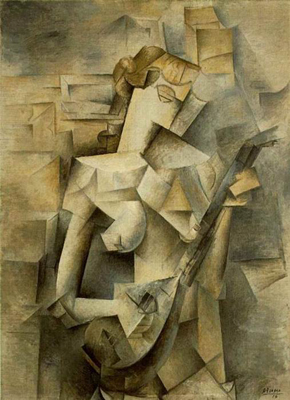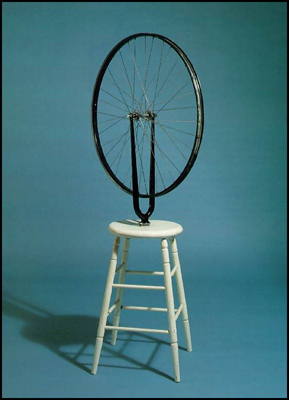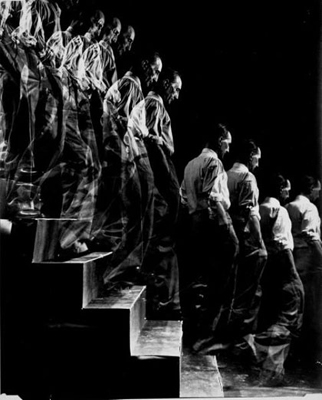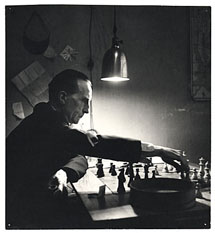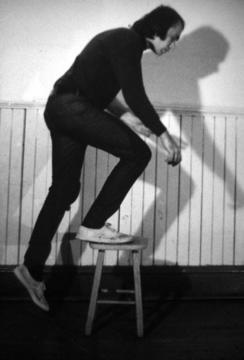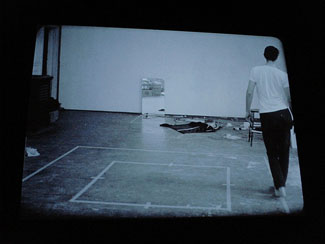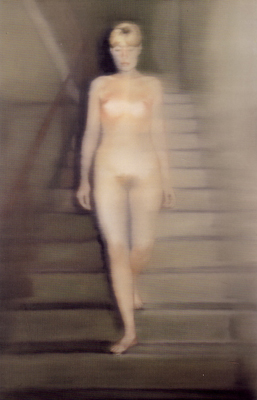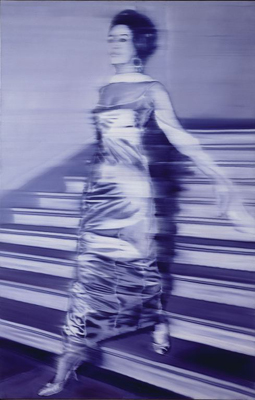Marcel Duchamp: "Dude Descending a Staircase"
This webpage provides a devoted analysis to Marcel Duchamp's early painting, “Dude Descending a Staircase” (1912), which was submitted to the 1913 Armory Show in New York City. The piece scandalized the American viewers who were accustomed to the more naturalistic painting style of artists like John Singer Sargent and Thomas Eakins. Upon its unveiling, an art critic for the New York Times wrote that the work resembled "an explosion in a shingle factory." Despite the intially unfavorable reaction, Marcel Duchamp's later piece "Fountain" (1917) was recently voted the most influential artwork of the 20th century by 500 renowned artists and historians. The ideas that Duchamp cultivated in “Dude Descending a Staircase” are crucial to understanding the content of his later artistic work.
This page evaluates the historical context and concept surrounding “Dude Descending a Staircase”, as well as the subsequent impact that this work has had on the fine arts and on popular culture.
